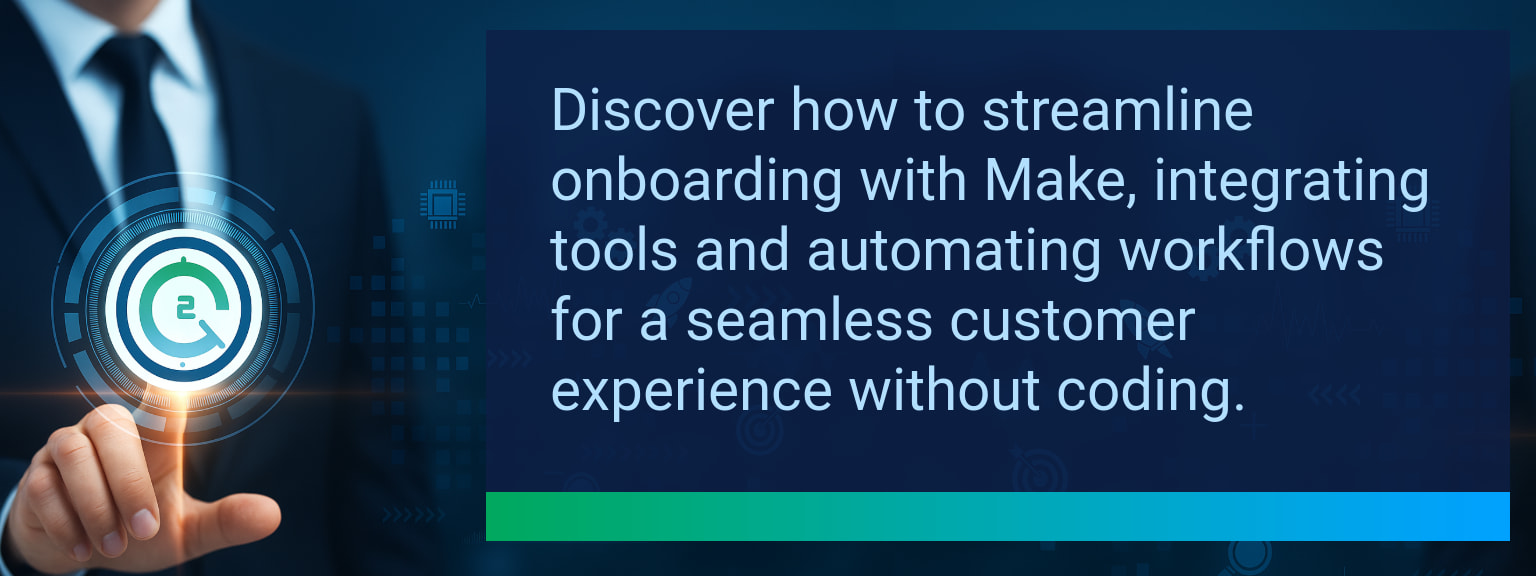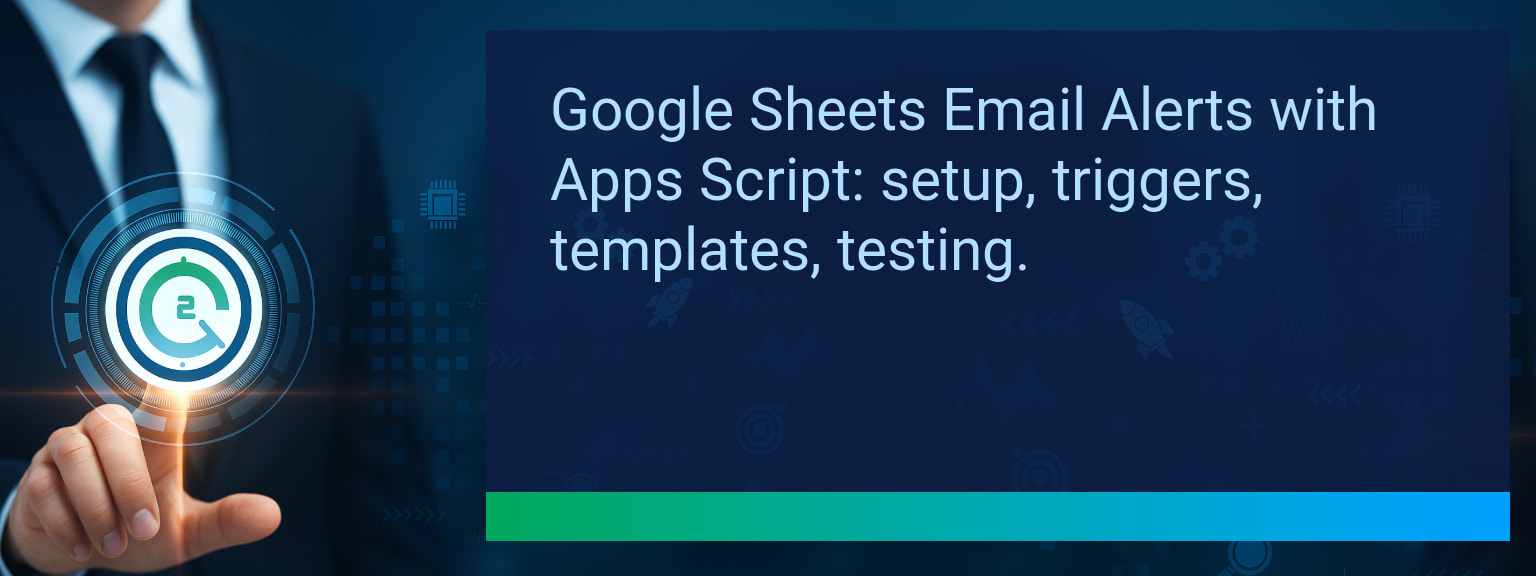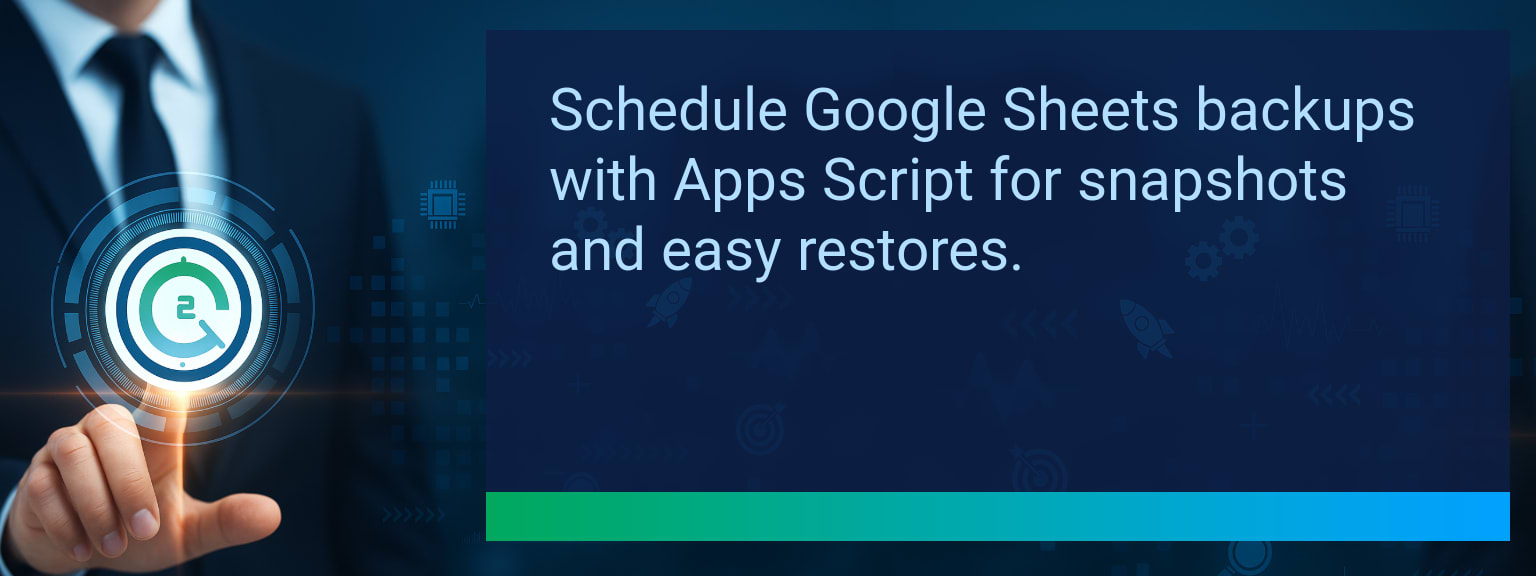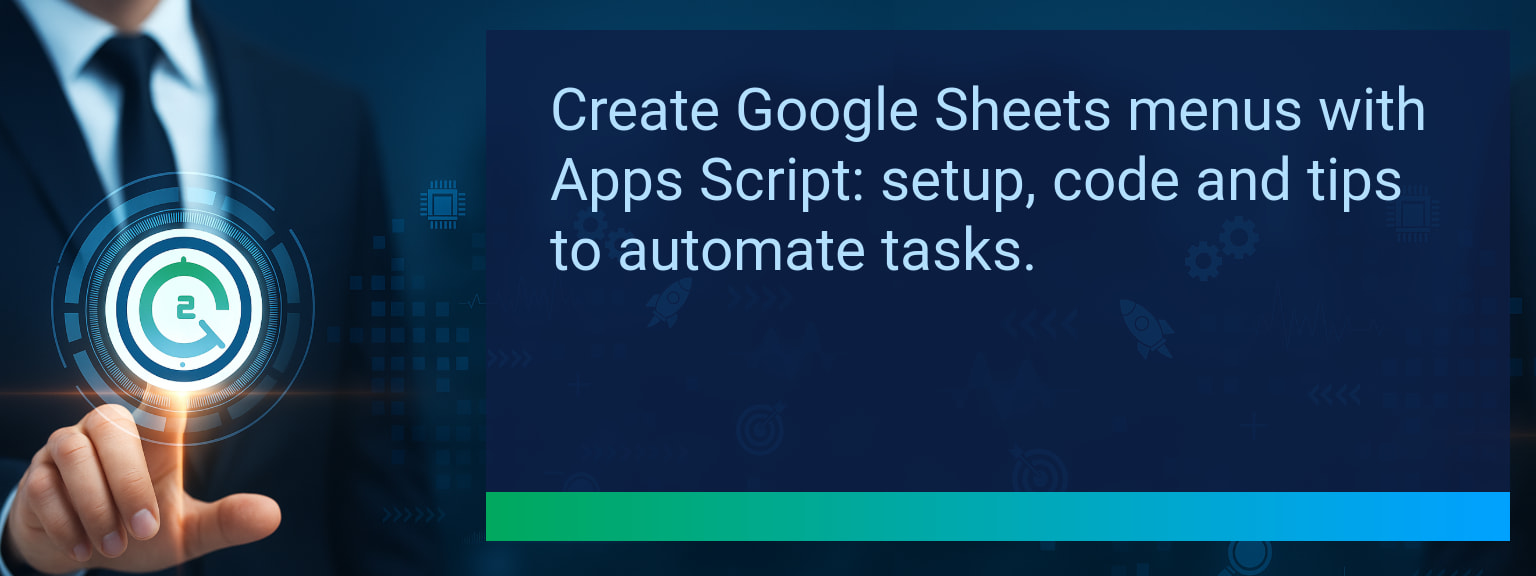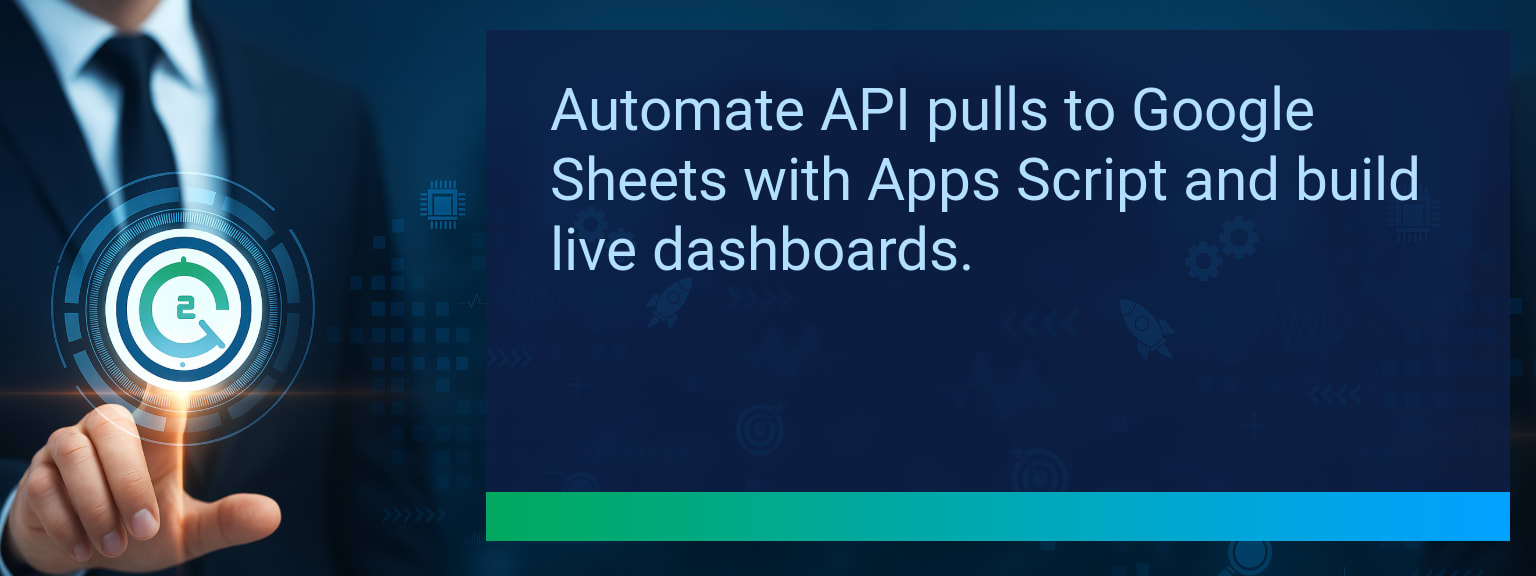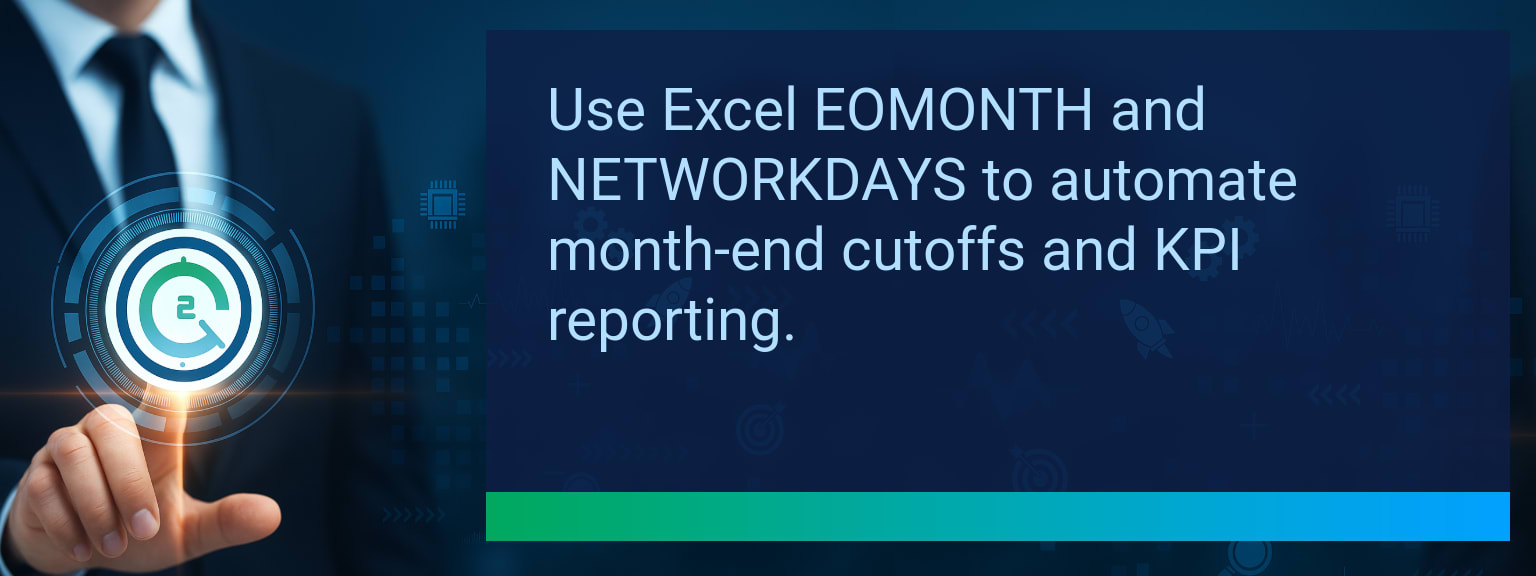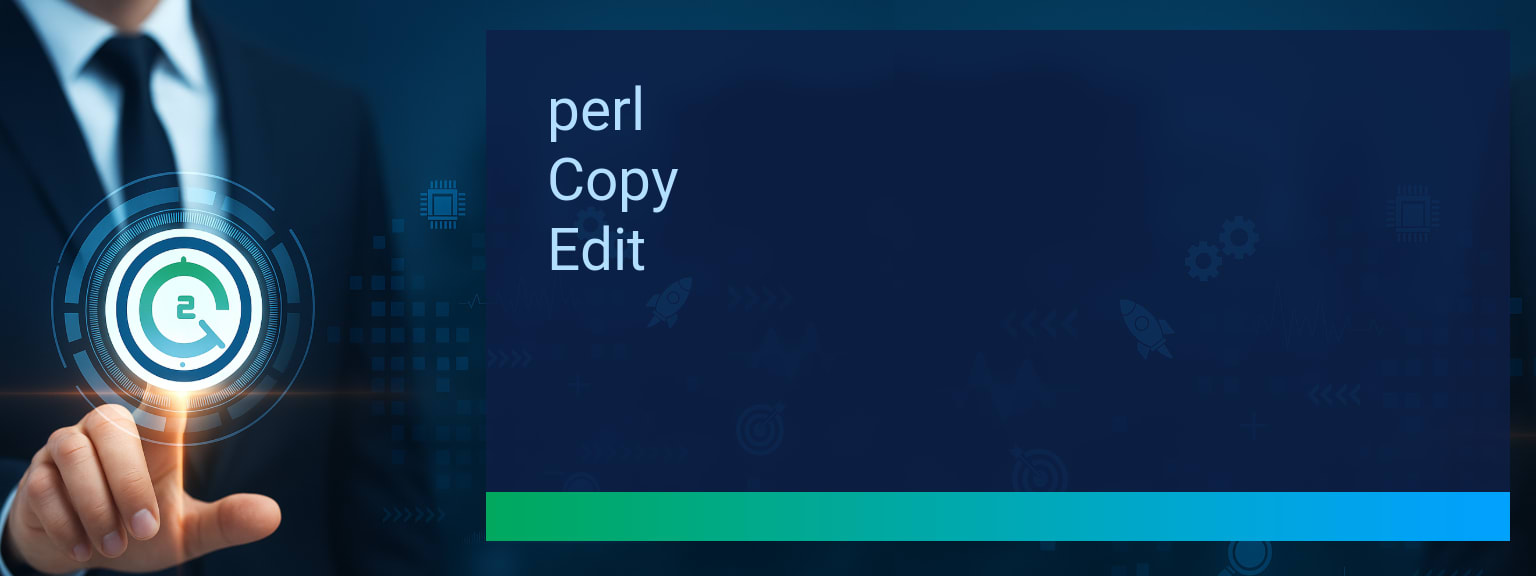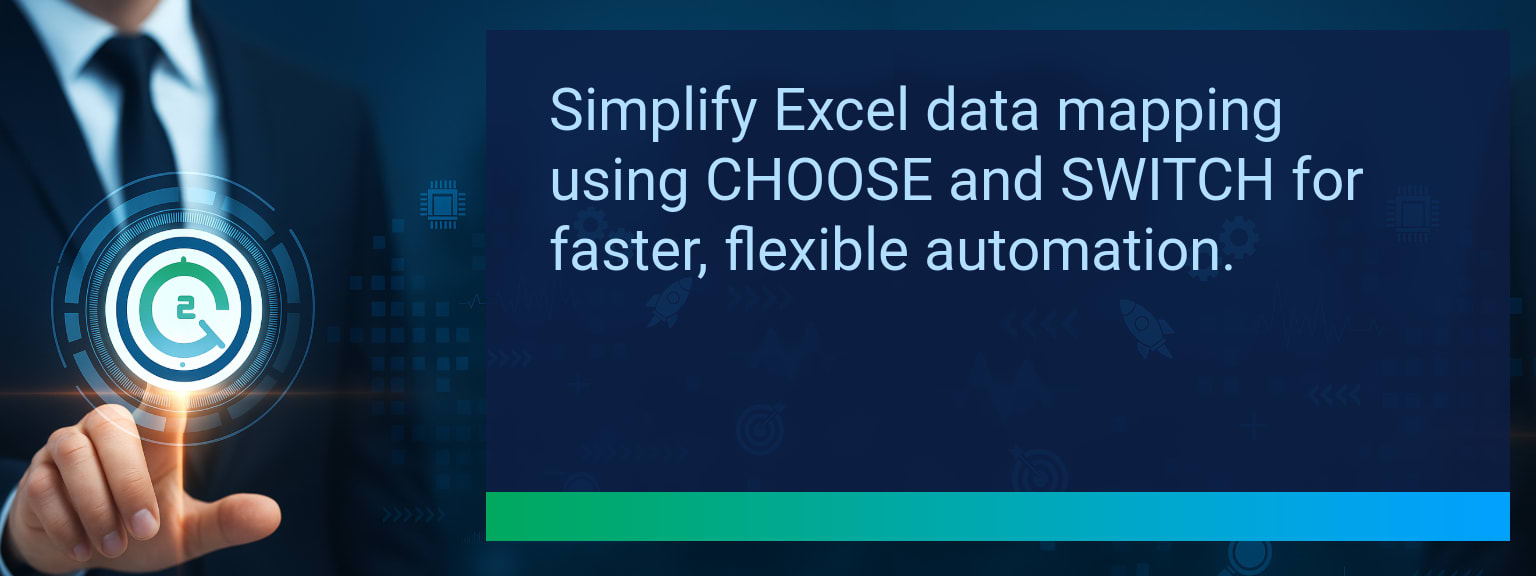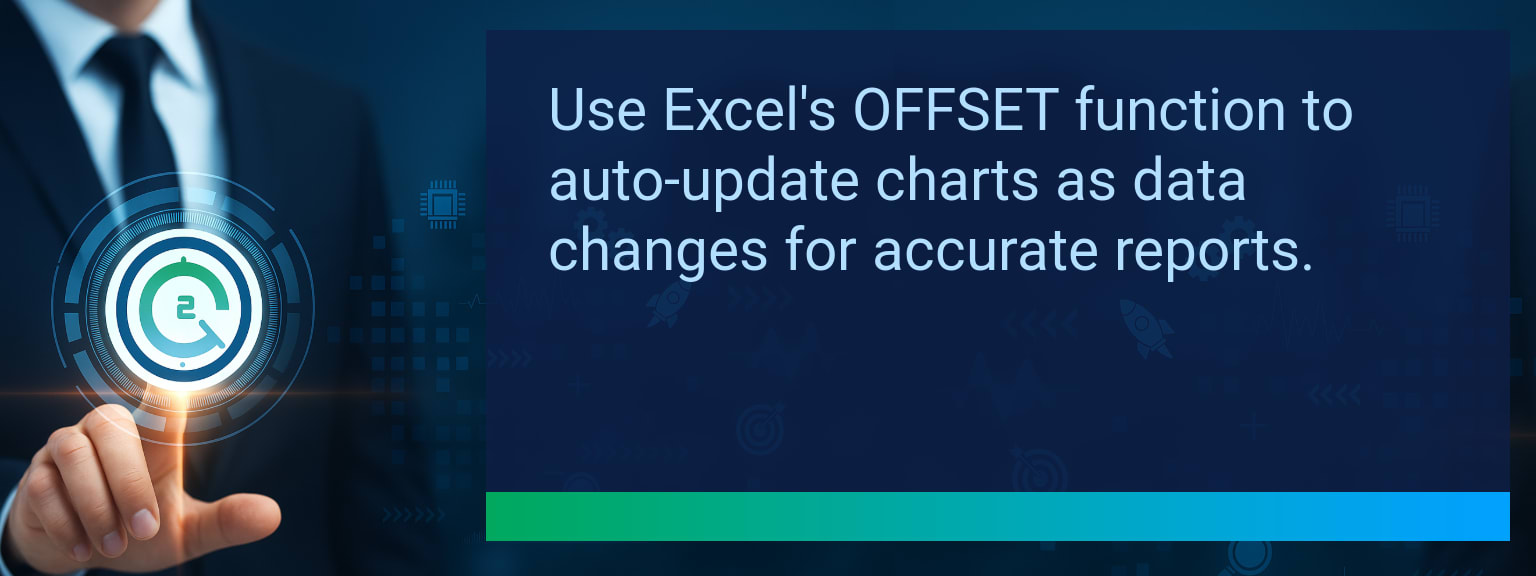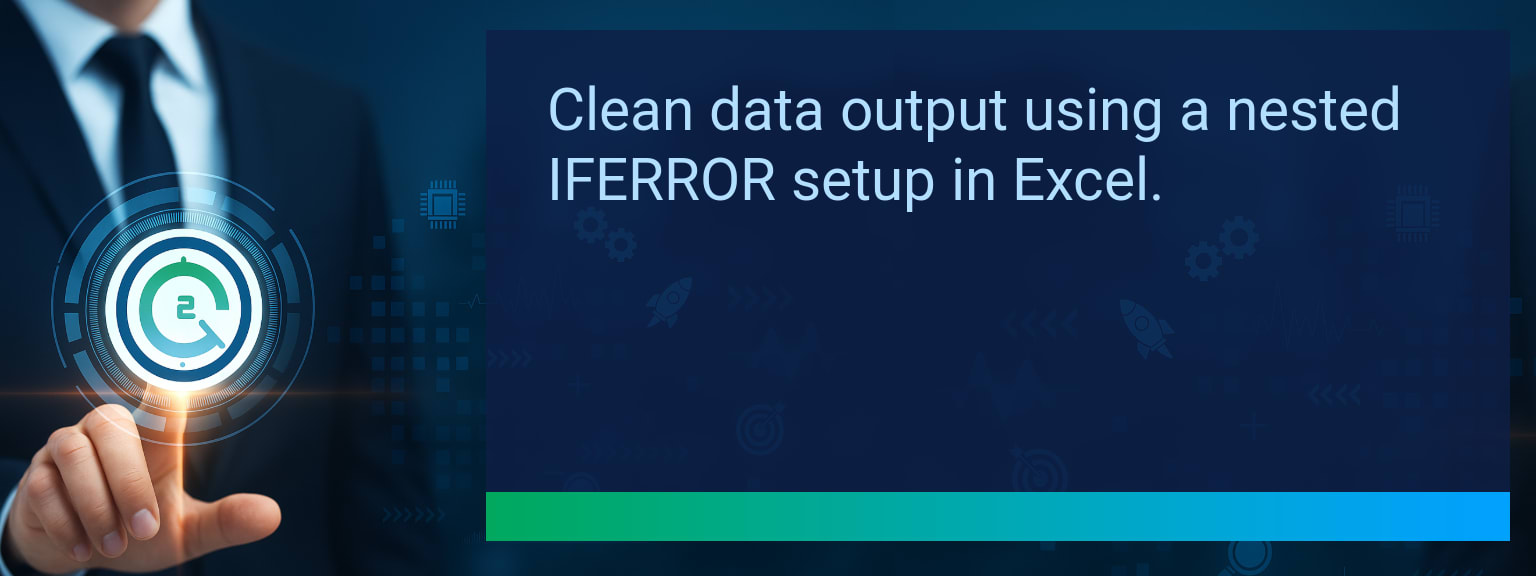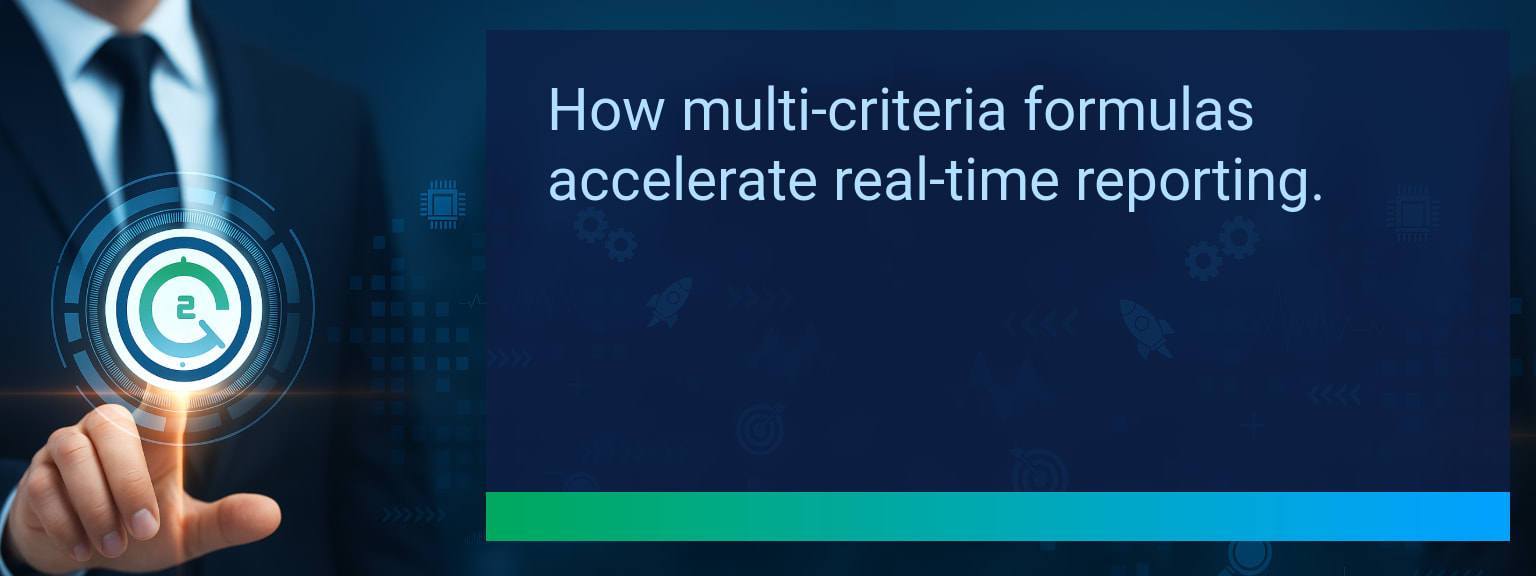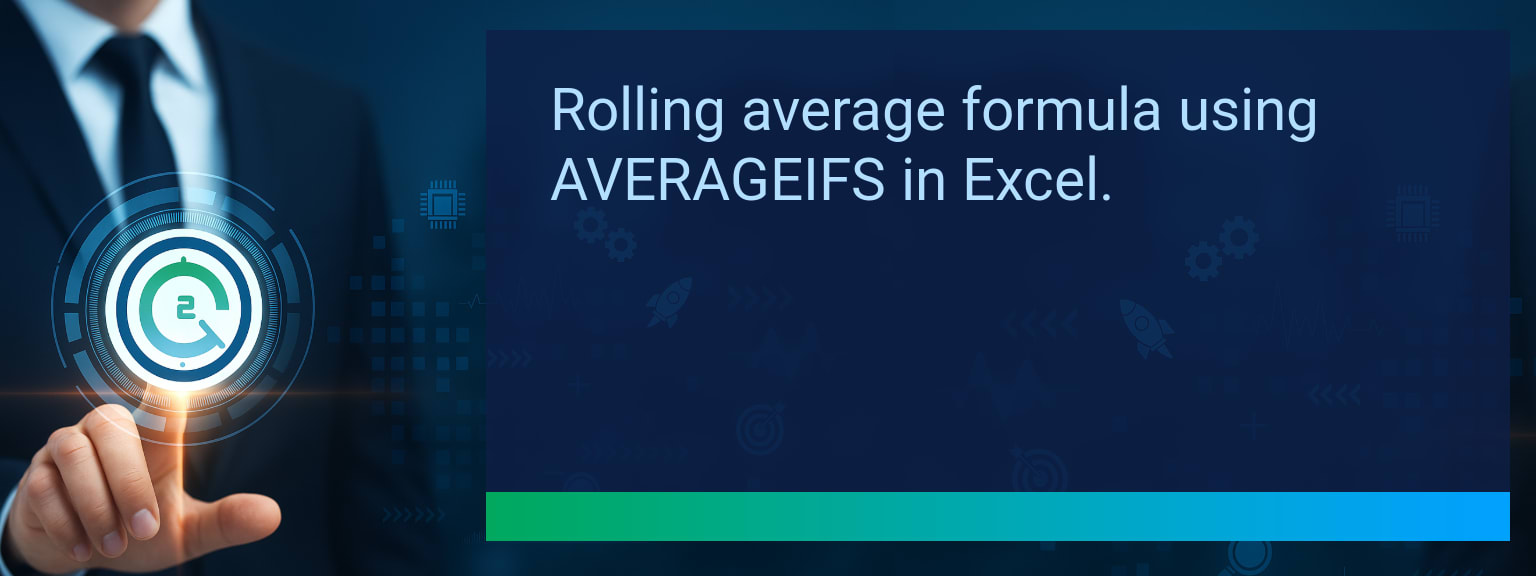Automating Customer Onboarding in Make Without Writing Code
Customer onboarding determines whether new clients feel confident or frustrated in their first interactions. Manual approaches—copying customer details into multiple systems, chasing documents, or inconsistent welcome emails—waste time and cause mistakes. With Two Minute Tech Tips, you can learn how to simplify onboarding using automating customer onboarding in Make (formerly Integromat), a no code automation tool. By leveraging workflows that update CRMs, trigger emails, and assign tasks automatically, leaders can eliminate inefficiency while delivering a better customer experience. In this post, we’ll show you how to map, build, and scale an onboarding process without writing a single line of code—unlocking speed, accuracy, and personalization.TL;DR — Direct Answer
- Map your onboarding workflow from form submission to activation.
- Use Make integrations to connect CRMs, forms, email, and storage tools.
- Automate customer communications with dynamic, personalized templates.
- Trigger internal tasks for teams via Slack, Trello, or Asana.
- Test scenarios, measure success, and scale automation for growth.
What Changed and Why Automating Customer Onboarding Matters
Customer expectations for responsiveness are higher than ever. A slow or error-prone onboarding phase can stall sales momentum and damage long-term retention. Automating customer onboarding aligns new-client workflows with digital transformation and revenue operations goals. Instead of relying on fragmented email threads or spreadsheets, Make enables a smooth flow where CRM workflow automation, file creation, and communication triggers run instantly. For example, a company receiving sign-ups through Typeform can use Make to push data into HubSpot, generate a client folder in Google Drive, and send an automated welcome email. These integrated actions reduce costs, improve speed, and deliver predictable outcomes.
How does your team currently handle new customer setup, and what’s the most time-consuming part?
Common Bottlenecks Slowing Customer Activation
Manual onboarding typically involves repetitive data entry, delayed document signing, and inconsistent updates across tools. These bottlenecks affect both adoption and revenue. Human error is compounded when data is re-entered into CRMs, project management apps, and invoicing systems. The result: customers feel neglected while internal teams scramble. By streamlining workflows with client onboarding tools, businesses ensure every handoff is automated and no milestone is missed. This strengthens both operational efficiency and customer satisfaction.Building a No Code Onboarding Process in Make
With Make’s visual builder, leaders can design onboarding workflows without technical skills. The process begins with mapping key touchpoints: form submission, system updates, customer communication, and team alerts. Each step is represented by modules that connect popular apps. Practical integrations include: – Typeform → HubSpot for lead capture – HubSpot → Gmail for welcome messages – Google Drive → Slack for team alerts By setting conditions and filters, businesses achieve customer experience automation that is scalable, consistent, and fast.Performance Gains and Customer Satisfaction
Automating customer onboarding directly impacts sales process automation outcomes. Teams reclaim hours spent manually inputting data, mistakes decrease, and new customers experience smoother activation. For example, agencies using automated onboarding report up to 40% faster client setup times and fewer missed communications. Better yet, standardized communication means customers consistently receive the same professional first impression. This is where CRM optimization and workflow integration create measurable business value.Expanding Automation for Scalable Growth
Once the first automation is tested, expanding becomes straightforward. Businesses can add document signing with platforms like DocuSign, billing connections with Stripe, and multi-department team triggers. This transforms a solid digital onboarding strategy into a comprehensive system that supports revenue operations at scale. The goal is not full replacement of human interaction but optimizing routine tasks that drain time. Leaders can focus on building relationships instead of chasing down forms and reminders.
Scope: Choose one segment or product line, one enablement objective, one frontline team.
Metrics That Matter
| Category | Metric | Definition | Target |
|---|---|---|---|
| Leading | Automation Execution Rate | % of onboarding workflows successfully completed via Make | 90%+ |
| Leading | Time to First Action | Minutes from customer form submission to CRM update | ≤ 5 minutes |
| Lagging | Weekly Admin Hours Saved | Total hours saved in manual onboarding tasks per team | 5+ hours |
| Lagging | Error Reduction | % drop in duplicate or inaccurate data entries across systems | 25%+ |
| Quality | Customer Satisfaction Score | Average rating of onboarding process by new clients | 8+/10 |
| Quality | Workflow Consistency | % of onboarding processes following the full automation design | 85%+ |
View More Tips to Boost Your Productivity
Explore more quick, actionable tips on AI, automation, Excel, Smartsheet, and workflow tools to work smarter every day.

